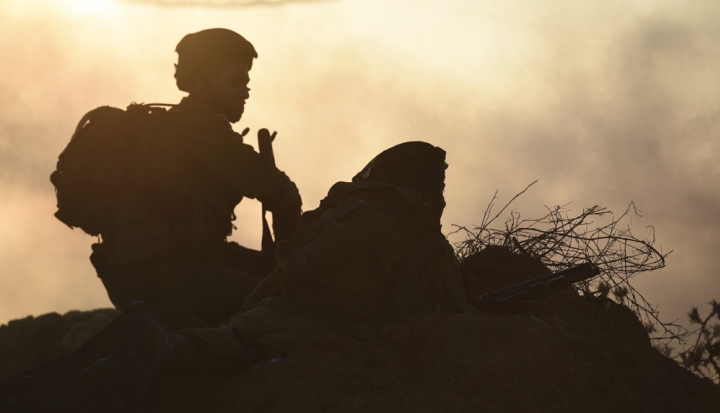Since the “Great Return” demonstrations along the border with Israel and the Gaza Strip began in March this year, scores of Palestinians have been shot to death by Israeli Defense Forces (IDF), and thousands more have been wounded.
The people in Gaza have been making political theater of a futile insistence on the so-called right of return to the homes and communities their families left behind in what is now the state of Israel. Their own lives have been the drama’s props, and the IDF has played its role to the hilt, showing a smug indifference to carnage across the fence line. Barely subsisting under the Israeli siege, Palestinians in Gaza are sacrificing themselves in an effort to return their plight to global attention.
World opinion has deplored the disproportionate IDF response, while IDF leaders charge that Hamas militants have been orchestrating the protests and acts of provocation from within. In boasting of the restraint of its snipers, an IDF spokesperson said, “Nothing was carried out uncontrolled; everything was accurate and measured, and we know where every bullet landed.”
It is a remark that may come back to haunt the IDF. On June 1 one of those bullets landed in the chest of Razan al-Najjar, a 21-year-old volunteer paramedic, as she attempted to evacuate the wounded near the perimeter fence. She was the 119th person killed by the IDF during this current season of unrest and the second woman to die under IDF fire since the protests began. The articulate, photogenic volunteer had become well known for many selfless acts assisting the wounded.
“God is with me; I am not afraid,” Razan assured her worried mother, insisting her medical vest would protect her from Israeli fire.
Over the last decade the Israeli military has pummeled Gaza. Entrapped within the strip’s borders, Gaza residents have no recourse but to respond. A series of renewed exchanges in May between the IDF and Hamas militants suggest the two sides may be on the verge of another lopsided conflict.
In an attempt to punish Hamas, the Israelis will no doubt pile on to the suffering of the people of Gaza. Fewer and fewer Israelis consider this an unethical possibility, and the Trump administration has demonstrated that it will do nothing to restrain the increasingly bellicose Netanyahu government.
On May 30 the United Nations Middle East peace envoy Nickolay Mladenov urged a set of a “modest, achievable” humanitarian interventions in Gaza. “No one has the right to play with the lives of 2 million people who have lived through hell in the last decade. No one should live in fear of an indiscriminate rocket attack,” he told the U.N. Security Council in New York. “No one in Gaza can afford another war.” But no one seems willing to find a way to avoid another one.
Israelis are grimly content to endure the meager threat posed by Hamas rather than create new options to escape from this cyclic insanity. Hamas accepts more suffering in Gaza in order to cling to a fantasy of overturning the Zionist reality in Israel-Palestine. More violence will only add psychological and spiritual fuel to the anger and hopelessness of the young men at the border fence.
Someone has to break the vicious cycle in Gaza, the Vatican has urged, and recognize the humanity of the people growing up and growing old in Gaza. Sadly, from the leadership in Jerusalem, Gaza City, and Washington, D.C., there are no candidates for this impasse-breaking role.
This article also appears in the August 2018 issue of U.S. Catholic (Vol. 83, No. 8, page 42).
Image: Flickr cc via Israel Defense Forces













Add comment